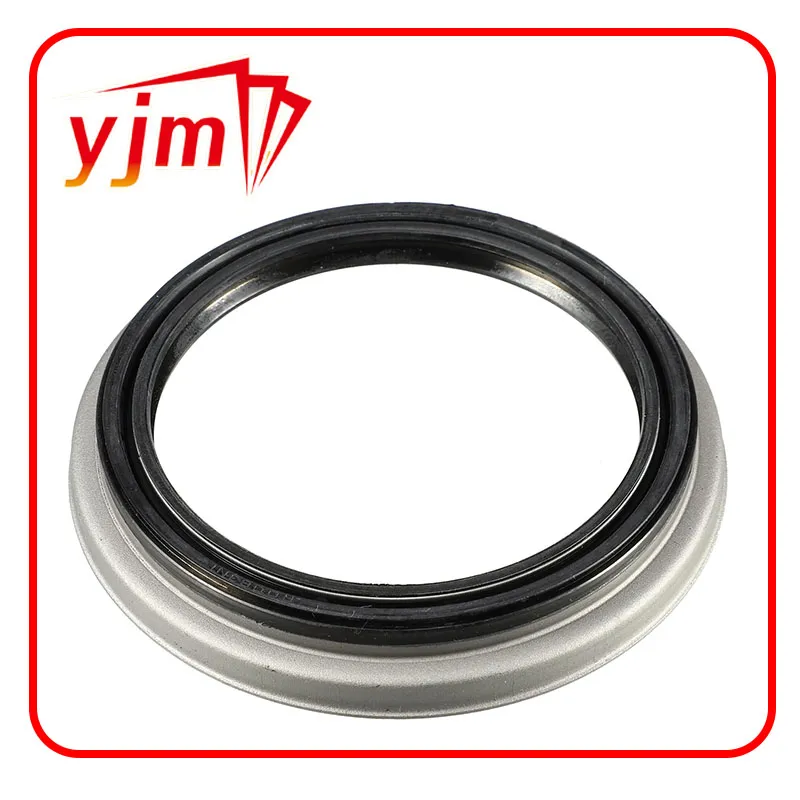Exploring the Importance and Functionality of Crankshaft Shaft Seals in Engine Performance
Understanding Shaft Seal Crankshaft Importance and Functionality
The crankshaft is a critical component of any internal combustion engine, as it converts linear piston motion into rotational motion, driving the vehicle’s wheels. To ensure the smooth operation of the crankshaft, various supporting components are necessary, among which the shaft seal plays a crucial role. A shaft seal crankshaft is designed to prevent the loss of engine oil and the entry of contaminants, thus maintaining the integrity of the engine.
What is a Shaft Seal?
A shaft seal is an essential sealing device that fills the gap between the rotary shaft and the stationary housing. This sealing element is crucial for maintaining fluid containment and protecting the engine from external pollutants. In a crankshaft application, the seal is placed at the front and rear of the crankshaft, often referred to as the front crankshaft seal and the rear crankshaft seal.
Importance of Shaft Seal in Crankshaft Applications
The shaft seal’s primary function is to prevent oil leakage from the engine, which can lead to severe mechanical issues if not controlled. Oil leaks can result in low oil levels, improper lubrication of engine components, and increased friction, ultimately leading to engine wear or failure. Therefore, a properly functioning shaft seal is vital for maintaining optimal engine performance and longevity.
Moreover, the shaft seal also prevents contaminants such as dirt, dust, and moisture from entering the engine. The presence of these contaminants can cause corrosion, rust, and wear on the crankshaft and other engine parts, diminishing the engine’s efficiency and lifespan.
Types of Shaft Seals
There are various types of shaft seals available for crankshaft applications, each with different designs and materials tailored to specific performance requirements. The most common types include
shaft seal crankshaft

1. Lip Seals These seals use an elastomeric lip that makes contact with the crankshaft, creating a tight seal. Lip seals are widely utilized due to their effective sealing capabilities and durability.
2. Labyrinth Seals Instead of direct contact, labyrinth seals create a complex pathway that oils and contaminants must navigate, thereby reducing the likelihood of leakage. While less common in crankshaft applications, they are sometimes utilized in high-performance scenarios.
3. Mechanical Seals These seals use a combination of rotating and stationary components to maintain a high level of sealing effectiveness. While more complex, they offer efficient sealing solutions in demanding environments.
Signs of a Failing Shaft Seal
Recognizing the signs of a failing shaft seal is crucial for timely maintenance and repair. Common indicators include
- Oil Leaks Visible oil pooling under the engine or around the crankshaft area. - Oil Loss A noticeable drop in engine oil levels that may require frequent topping up. - Contaminants A visible buildup of dirt or sludge around the seal area can indicate failure to keep contaminants at bay.
Conclusion
In conclusion, the shaft seal crankshaft is an indispensable component in ensuring an engine's efficiency and longevity. By preventing oil leakage and external contamination, shaft seals play a vital role in protecting the critical components of an internal combustion engine. Routine maintenance checks for the seals can help detect potential issues early, thus preserving engine health and performance. Understanding the significance of these seals equips vehicle owners and mechanics alike to better maintain an engine's integrity, ultimately leading to safer and more reliable vehicle operation.
-
Understanding the Importance of the Crankshaft Oil Seal in Engine Performance
News Jun.16,2025
-
The Unsung Heroes of Engine Protection: Understanding Automotive Shaft Seals and Oil Seals
News Jun.16,2025
-
Keeping the Engine Tight: The Role of Crankshaft Seals and Gaskets in Oil Control
News Jun.16,2025
-
Complete Protection in Harsh Conditions: A Deep Dive into Cassette Seals
News Jun.16,2025
-
Choosing the Right Oil Seal: A Guide to Trusted Brands and Suppliers
News Jun.16,2025
-
Advanced Sealing Technologies: Exploring the Range of Modern Oil Seals
News Jun.16,2025
-
Your Essential Guide to Car Repair Kits: From Rust to Dings
News Jun.13,2025
Products categories















